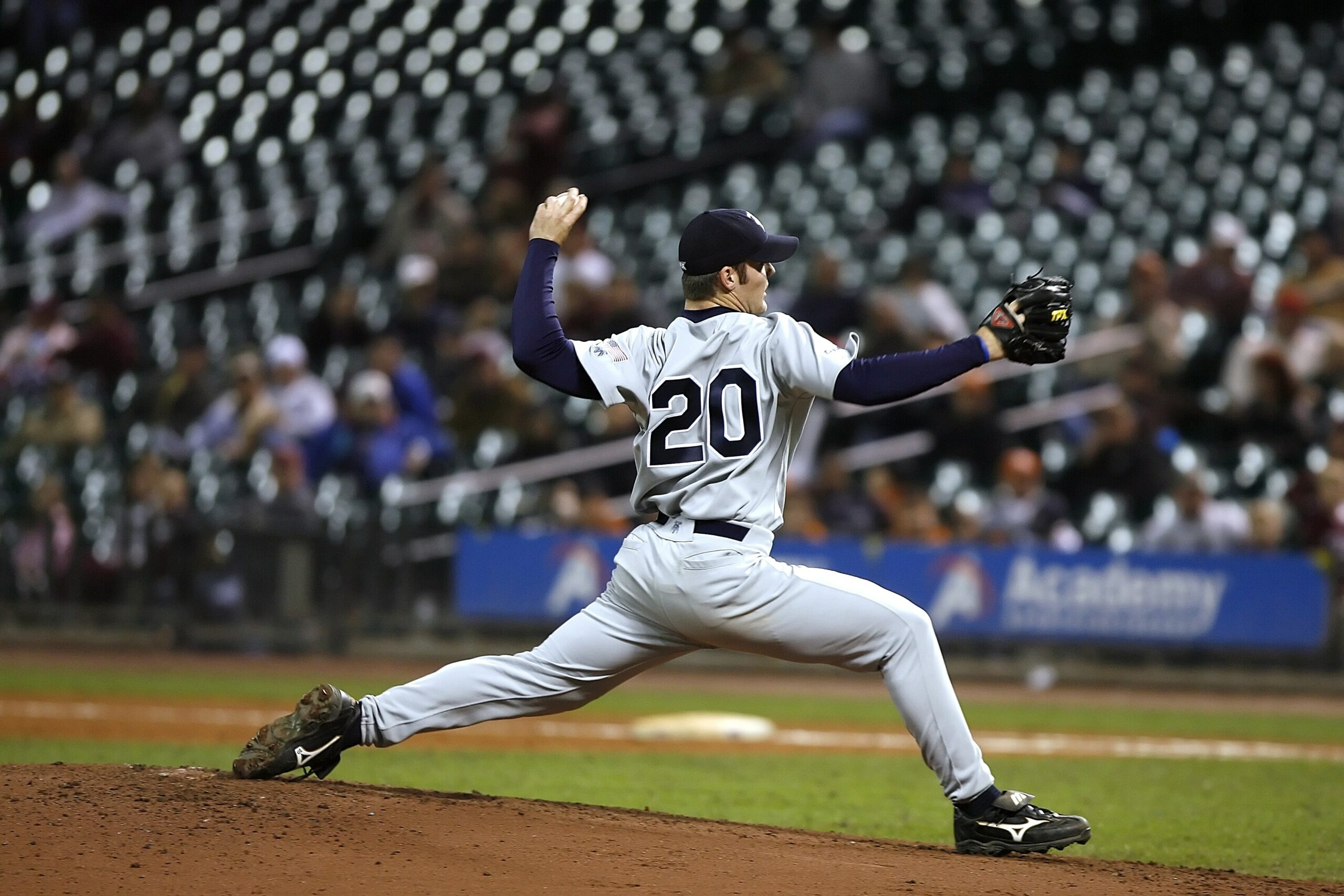This article may contain affiliate links. For details, visit our Affiliate Disclosure page.
Statistics have always been part of sports. Major League Baseball has long placed a strong emphasis on statistics. Commonly baseball is discussed as batting average, total bases, and other statistics. With the development of baseball, the statistics have become considerably more complex like On-base percentage (OBP), on-base plus slugging (OPS), and others. Let us know “How Important Is Ops In Baseball?”

In baseball, On-base percentage (OBP), slugging percentage (SLG), and other statistics featured on baseball cards and broadcasts are the most popular metrics. On-base plus slugging (OPS) is considered one of the defining stats of a player’s value by MLB experts. It ranked above among other metrics used by sabermetricians. It calculates a player’s average number of bases reached and the caliber of their hits.
On-Base Plus Slugging (OPS):
To assess the overall offensive performance of a player, sabermetricians frequently employ the statistic known as OPS, or On-Base Plus Slugging was first devised by Pete Palmer. On-base percentage plus slugging percentage make up on-base percentage (OPS).
These statistics make it easier to compare legendary players like Red Sox Ted Williams, Dodgers Jackie Robinson, and more.
Importance Of OPS Stats In Baseball:
OPS explains more about players although it is not perfect stats. It is a good place to start. OPS gives information about a player’s frequency of safe base running in addition to whether or not a batter is hitting with power.
- OPS is one of the simplest metrics to measure among advanced statistics.
- OPS is calculated from two numbers, one reaching base and the second hitting for power. These two skills are considered the most critical skills of any professional baseball player.
- Fans of baseball can also interpret OPS. It is a statistic easy to comprehend due to its measuring elements.
- OPS is helpful for the team to gauge a player’s capacity for baserunning and power-hitting.
- A player with a high OPS will typically have fewer singles but more extra-base hits, which will result in more runs for his team.
- The OPS is more informative than the Slugging percentage (SLG). The slugging percentage measures total bases, but it does not take into account walks. Another problem is that it treats the base on balls as never happened.
- Another statistic used in baseball is the on-base percentage. This stat does take into consideration walks unlike the sluggish percentage (SLG) but it weights home runs equally with singles and walks. OPS awards numbers for example one base for walks, and five bases for home runs.
- The on-base plus slugging is better than the batting average. It considers the ability to get on base through walks and hit by pitch. In contrast, the average batting measures the percentage of times a batter receives a base hit. Home runs have the same value as hitting a single. Walks have no meaning at all. To evaluate a player’s success walks should be considered important as in the 2016 Chicago Cubs.
- As compared to Batting Average the OPS also includes an ability to move runners around the bases through extra-base hits.
- Hitters at equivalent Batting Average and OPS levels are not always considered the same players.
- The OPS scale moves up for players that get walks and hit for power.
- The factors which can affect On-base plus slugging are the ballpark dimension and the league the player played in.
Calculation Of OPS:
It can be calculated by a simple equation. All you need to do is add the on-base percentage and slugging percentage.
On-base plus slugging= on-base percentage + slugging percentage.
For example, if a player’s on-base percentage is 0.460 and his slugging percentage is 0.490 then his on-base plus slugging is equal to 0.950. Another example is if the on-base percentage is 0.450 and the slugging percentage is 0.500 then a hitter has an OPS equal to 0.950.
The average OPS falls between 0.720 and 0.760. In Major League Baseball, the OPS fluctuates from season to season.
Interpretation Of Result:
- If OPS is .800, that means a hitter is performing above average.
- An OPS of 0.900 or above indicates a player has an All-star season.
- A hitter with OPS of 1.000 or higher is having an MVP season.
- A batter with OPS of 0.670 is considered to have performed below average.
- An OPS of 0.600 indicate poor performance.
- An OPS of 0.570 indicates awful performance.
Conclusion:
OPS is a useful metric for understanding a hitter’s offensive performance. It is an important tool as it aids in determining a hitter’s capacity to score runs for his team. OPS is easy to calculate and interpret. Although OPS is considered less perfect than the weighted on-base average and weighted runs created plus, it is still more informative than the batting average, a common stat used in baseball. It considers both how well a hitter is in reaching base and hitting for power.
Frequently Asked Questions:
What are the advanced statistics used in baseball?
The earned runs average (ERA) shows the average number of runs a pitcher gives per game. Another statistic used is called hit by pitch (HBP) shows the number of batters a pitcher stuck out. Other stats used is the wild pitch (WP), sacrifice file against (SFA), and more.
What is the modification of OPS that take into account the effect of the ballpark and league-wide conditions?
On-base Plus Slugging Plus (OPS+) is the modification of OPS.
